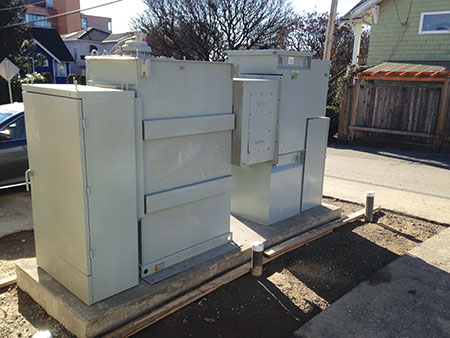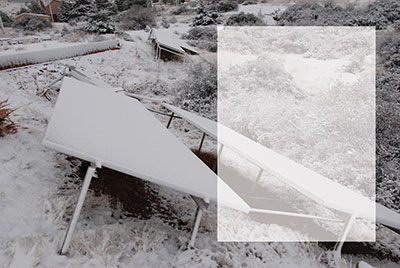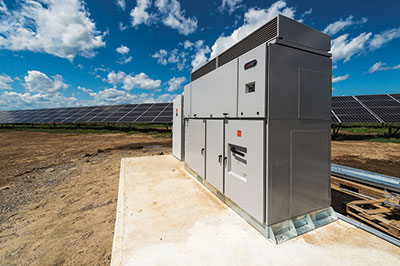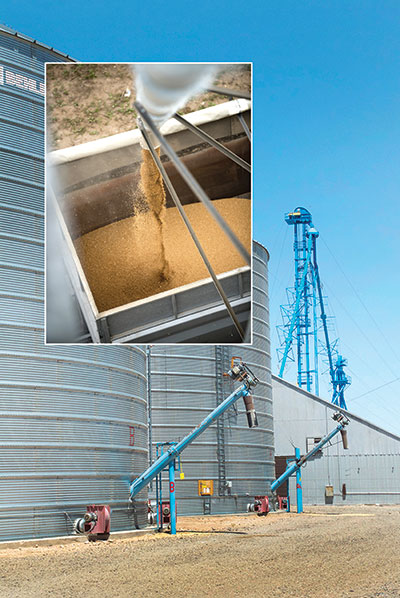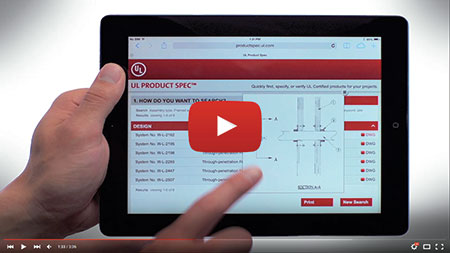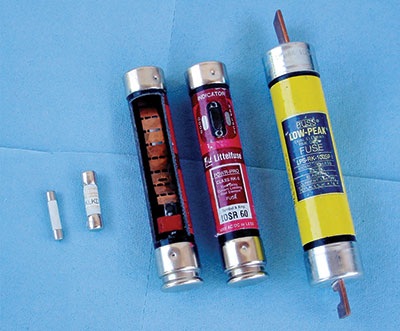To assist the Strategic Planning Committee and consultants in the development of a new plan, we conducted a membership survey in January and February 2016.
UL has several tools available to de-mystify hazardous locations. UL has been certifying hazardous location equipment for over 100 years, and has launched a smart device application explaining the different hazardous locations classification systems.
When dielectric liquid-filled equipment is installed outdoors, does it have to be located in fire-rated rooms and vaults? The answer could be found in Rules 26-014, 26-242 and 26-244 of the CE Code.
Considering the complexity of the PV systems and the environment in which they operate, electrical inspections of PV systems is no easy task for the AHJ.
The information we received from our 2016 membership survey is instrumental in helping us understand how members view the association and its services.
To play this quiz about equipment requirements in the 2014 NEC, you need a sharp eye, a quick mind and a 2014 National Electrical Code book.
A new safety standard in Canada for photovoltaic combiners has been developed known as CSA Standard C22.2 No 290 Photovoltaic Combiners. The 2015 Canadian Electrical Code Part I (CE Code) defines a photovoltaic combiner as...
Where to find the ultimate expertise for determination of a hazardous location described in Section 18?
I have used UL Product Spec and find it extremely useful. Are there any online tutorials available so that I can demonstrate to others the broad search capabilities of this powerful tool?
Photovoltaic power systems, like other electrical power systems, require overcurrent protection for conductors, bus bars, and some equipment.



